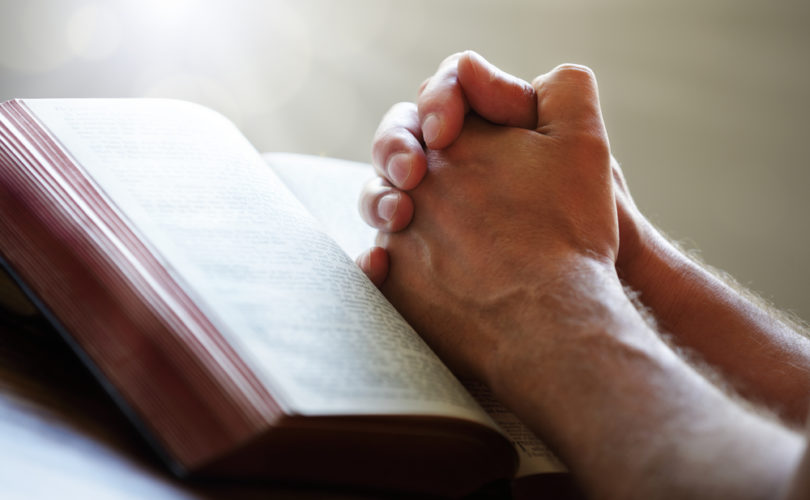November 4 was a very good day for the GOP, which took Congress for the first time since 2006 and won a number of important state-level races. And, according to exit polls conducted by NBC News of House voters, they have religious Americans to thank for their gains in the House.
As analyzed by Pew Research's Religion & Public Life Project, a higher percentage of voters of all religious backgrounds supported the GOP's House candidates far more than they did in 2006 and, in most cases, 2010. Only the Catholic ratio was matched to 2010, and people with no religion affiliation dropped their support for the GOP by one percent from 2010.
However, from 2006, support in both demographics went up tremendously. The GOP's House candidates saw Catholic support rise from 44 percent in 2006 to 54 percent in 2010 and 2014, while those without religious affiliation supported the GOP with 29 percent of their vote in 2014, compared to 22 percent in 2006.
According to Catholic League president Bill Donohue, Catholic and Asian voters are the demographic groups to watch. “Catholics are a bellwether: whoever wins their vote, generally wins the election. By contrast, Protestants vote Republican and Jews vote Democrat,” said Donohue.

“Asians are another group to watch,” he said in a press release. “Not only are they the fastest growing minority in the U.S.—they constitute 3 percent of the electorate—they are up for grabs by both parties. In the last presidential election, Obama captured 73 percent of their vote. But not this year: Asians voted 50 percent to 49 percent, choosing Republicans over Democrats. This is a huge turnaround in just two years.”
According to Institute on Religion and Democracy (IRD) president Mark Tooley, the relationship between voting Republican and one's religious beliefs is seen more in practice than background. “You see that directly in the results,” Tooley told LifeSiteNews, “where evangelicals are more churchgoing than, say, Catholics, and vote Republican. Actively churchgoing white Catholics are more Republican than non-attending Catholics.”
The Pew and NBC data, which analyzed the last three midterm elections in order to compare apples to apples, noted that white religious Americans are supporting the GOP in greater numbers. Commenting on the trend, IRD's Jeff Walton told LifeSiteNews “the percentage of whites, including white Catholics, white evangelicals, and white mainline Protestants, are increasingly voting Republican” even as “the electorate is becoming less white over time.”
Asked if this could be a sign of racial problems in the U.S., Walton said it was unlikely. “I'm going to say no, because — it's mostly anecdotal — but on many occasions Republicans did well with minorities, especially Greg Abbott in Texas. Abbott got about half of the Hispanic vote, and a majority of Hispanic men's support.
Walton said that “some of the more progressively liberal analysts will look at where whites and minorities voted in 1988 and compare to now, and say that those people who are white are a smaller percentage of the electorate, and minorities are larger. They will then say whites will be smaller percentages of the vote, which we agree is likely.”
“However, those analyses fail to account for the fact that many of these minority groups will probably diversify themselves in their ideology as they rise as a percentage of the electorate. We think that the ideological positions of those groups will not be static, but dynamic — and change over time.”
Religious voters have definitively swung in the GOP's favor since 2008 and 2012, terrible election years for the party. Exit poll results gathered by the New York Times show that in 2008, the GOP garnered 43 percent of the Catholic vote in the House elections and just 18 percent of Jewish voters. 2012 was improved, but still a struggle for the GOP, which lost the total popular vote in the House and saw 50 percent of Catholics support it. 29 percent of Jewish voters backed the GOP. In 2014, 55 percent of Catholics and one-third of Jewish voters sent ballots in for Republican candidates.
Catholics and Jews are the only two religious demographics recorded by the NYT that do not consistently back Republican candidates. The NYT did not analyze exit poll results for those without religious backgrounds. Jews make up approximately three percent of the U.S. electorate, while Catholics make up 24 percent, reports Pew.
Outside factors likely played a role in the GOP's greater success in House elections among religious Americans this year than in the 2006 midterm. For example, in 2006, President Bush was in the White House, and the GOP-controlled Congress was seen as being part of a corrupt Washington. This year, it was a relatively unproductive Democratic Senate and a Democratic White House that Republican candidates were able to run against.

